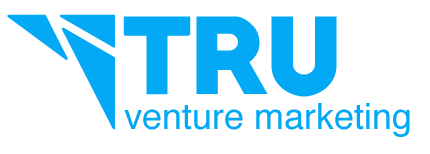Startups: before you launch, read this.
Launching a startup is tough. The thought of announcing a product to hundreds of thousands or millions of people is a daunting, combine this with a limited window of time and it’s a real challenge. But, a proper launch can provide a platform for success years down the road.
Timing a startup launch is everything
Knowing when not to launch is just as important as knowing when to launch. It’s important not to leverage a huge PR hit when you have a product that won’t resonate with your customer base.
Novel ideas are particularly appealing to the media – but, an idea can only truly be novel once – as such, in most cases you can really only get one big launch.
A public launch of something that people don’t want will disappointing. So if your metrics (growth, user retention, churn rate, etc) don’t look good, it may be a better idea to keep your nose down to focus on your product before launching. A YC founder once told me “It’s better to have 500 people who absolutely love your product than 10,000 people who think you are okay.”
When the time comes that a PR launch is appropriate, you want to make it count. You want to launch something with a healthy organic growth rate and strong customer validation. That way you can capitalize on the publicity and use it as a platform to growth.
Making your launch count
Now that we have an idea of when to launch, let’s take a look at how to launch.
In order to really make your launch count, we need good PR. Unfortunately, PR is not a science, it’s about building relationships, and giving reporters, journalists, and influencers something they can benefit from. Done right, it’s going to pay off. Especially if you’ve got the type of startup that’s launching something disruptive.
If you are coordinating your launch in-house, a basic system to help you get the attention of the media is below.
- Make an exhaustive list of all the reporters who have covered products or companies similar to yours in the past.
- Create a system to rank reporters based upon how often they cover companies like yours, how big their following is, and how likely they would be to cover your startup.
- Reach out to each of these reporters by hand with a compelling story. It’s about give, not take. Start with those who are the best fit for your story and move down the list.
The key is to build relationships with the people who have a bigger voice than you and sell them on your vision or product. (Check out my last post for tips on PR )
The goal of this isn’t just to generate articles, it’s about generating awareness while building relationships with influencers for coverage down the road.
What a successful launch looks like
This graph shows the Gartner Hype Cycle. The successful launch of a good product will follow a similar path.

Notice how awareness peaks during launch, decreases as news coverage stems, and steadily increases again as the product achieves market acceptance.
Thinking back to timing, if you don’t have a great product, this graph might not recover from the downward trend. A common trap is to generate mass awareness too early only to watch user retention and daily actives nosedive.
To wrap it up
A great launch starts with something unique, gets a spark of interest via PR, and capitalizes on awareness through adoption in the public. Product is really key.
While it’s nice to secure as much coverage as possible, what’s more important is that you can capitalize on it.
View the original version of this post on LinkedIn.






